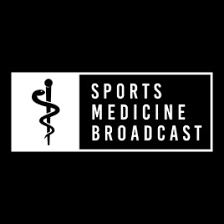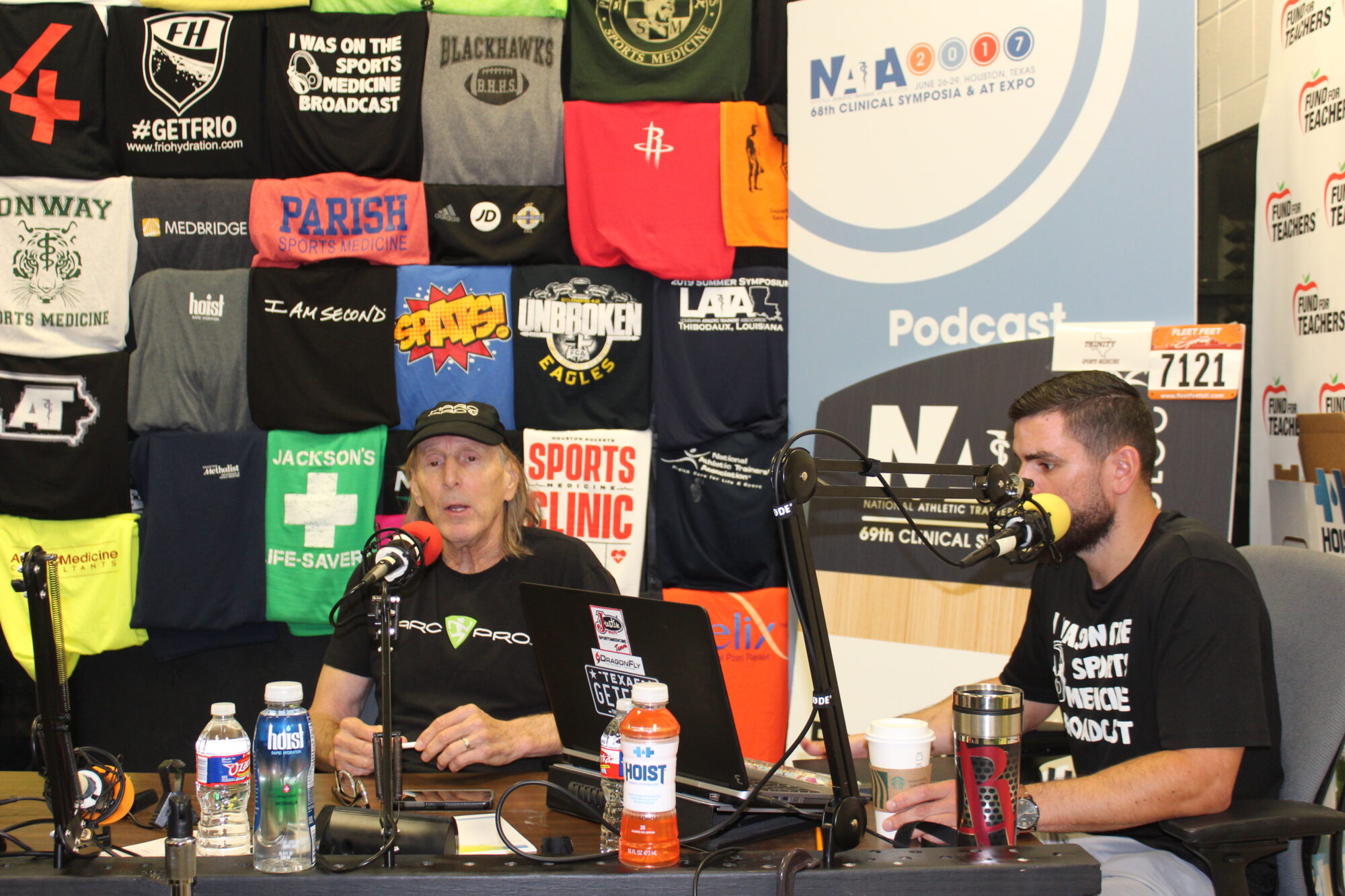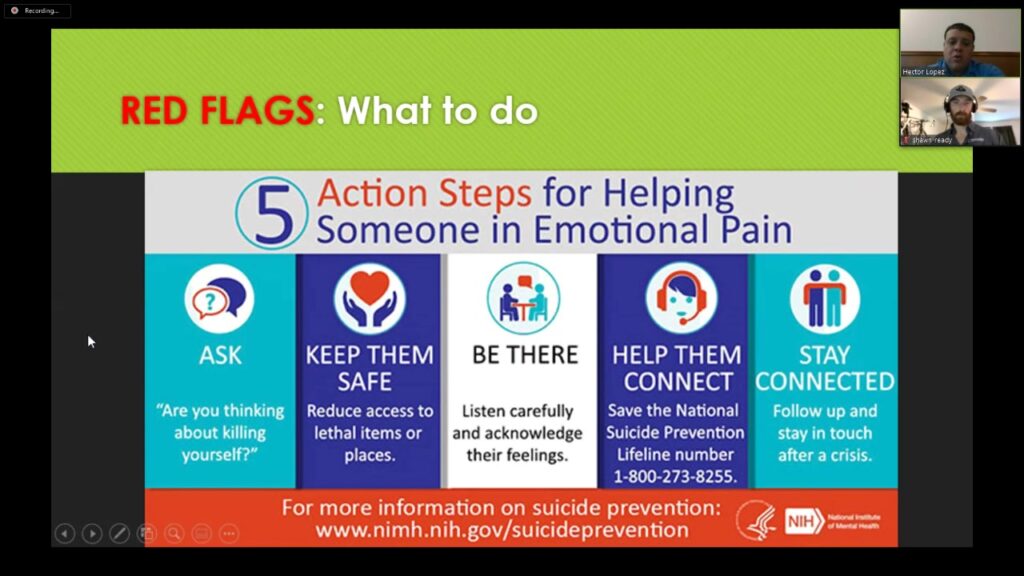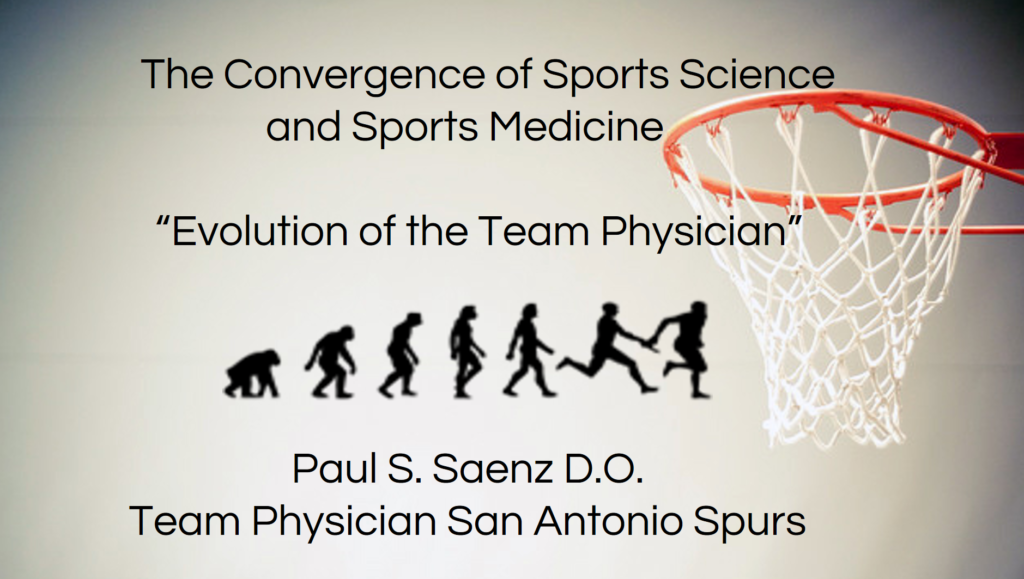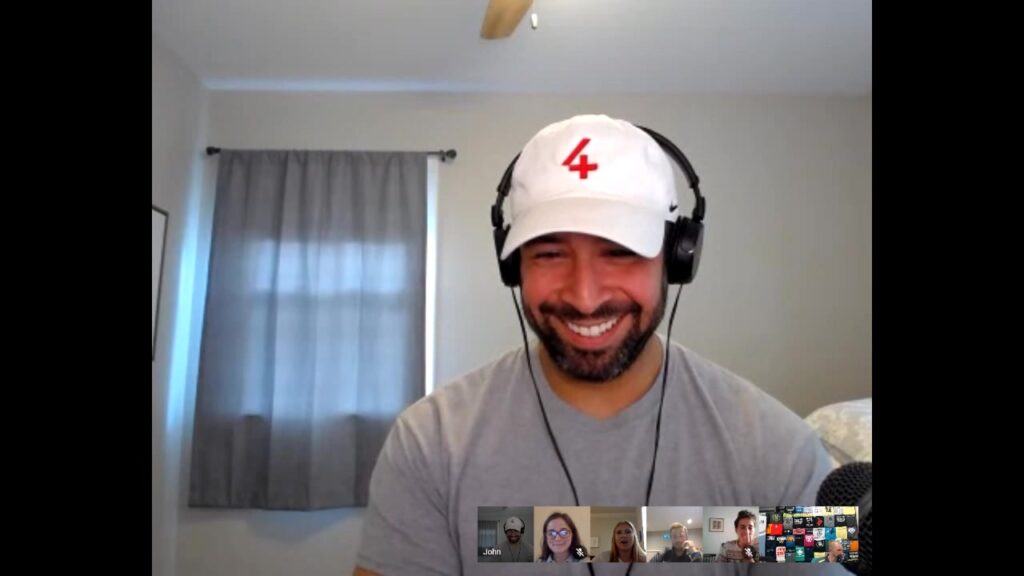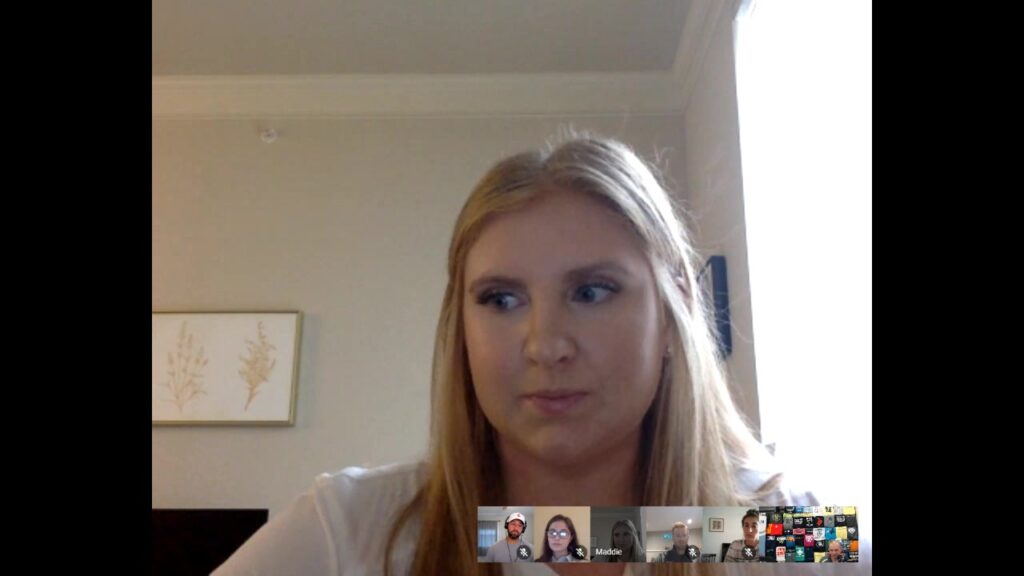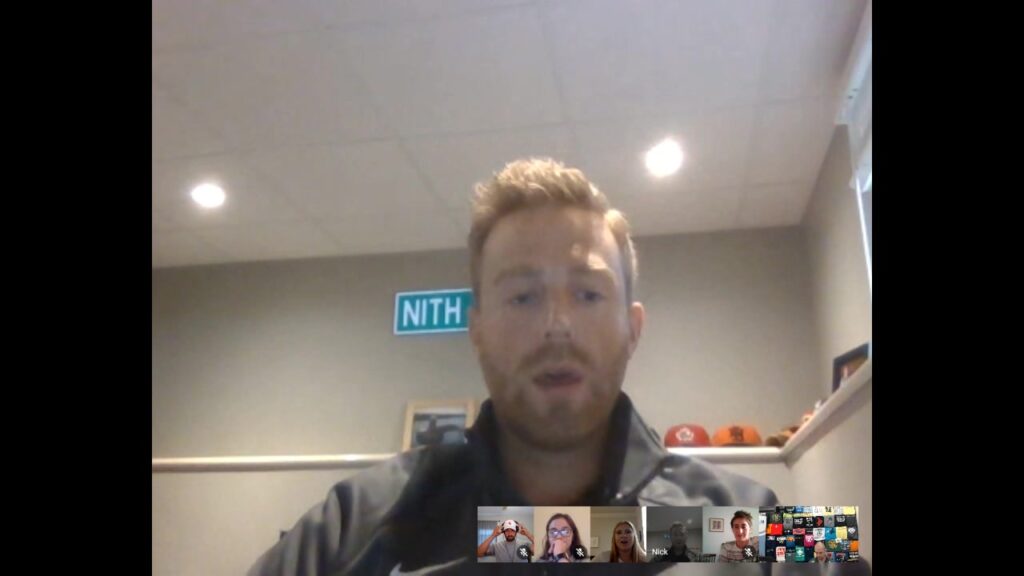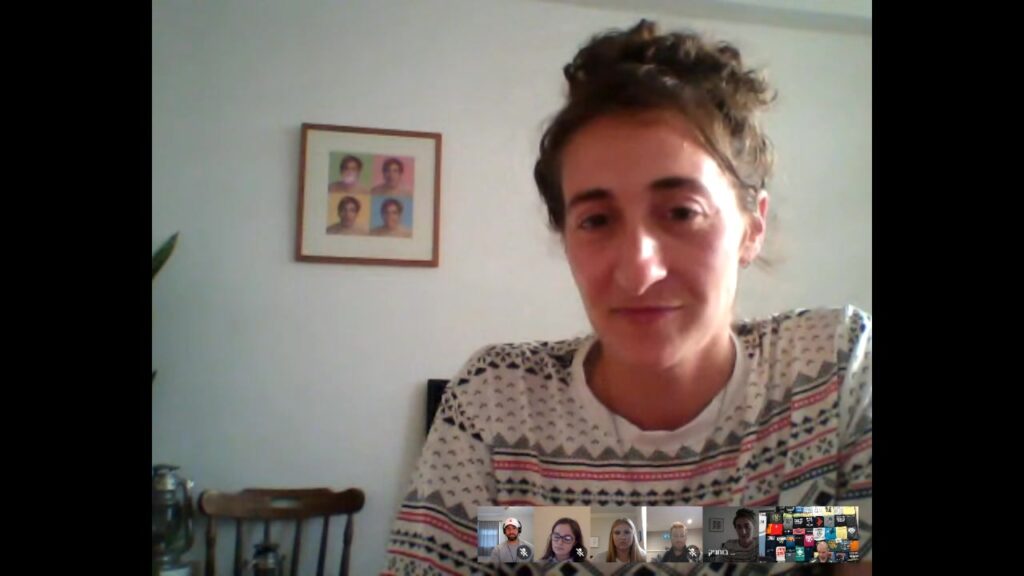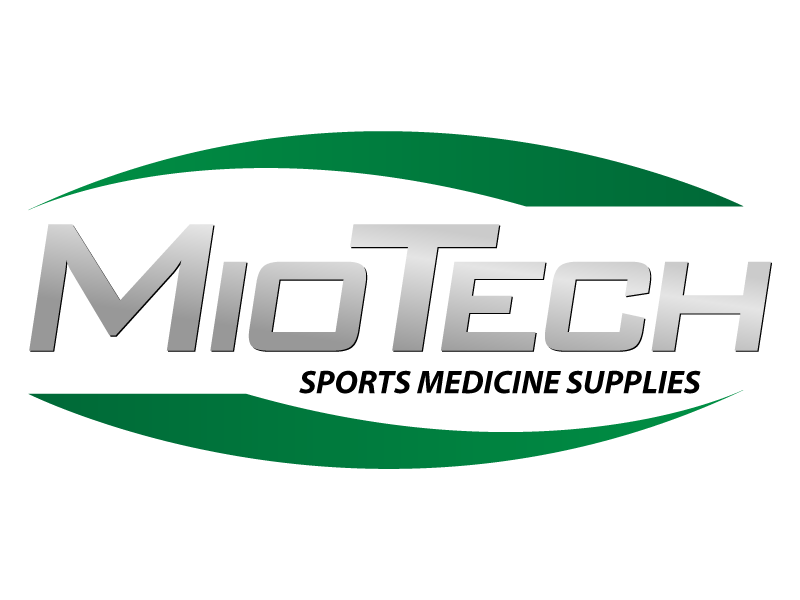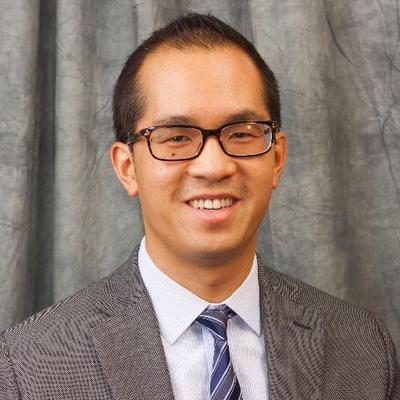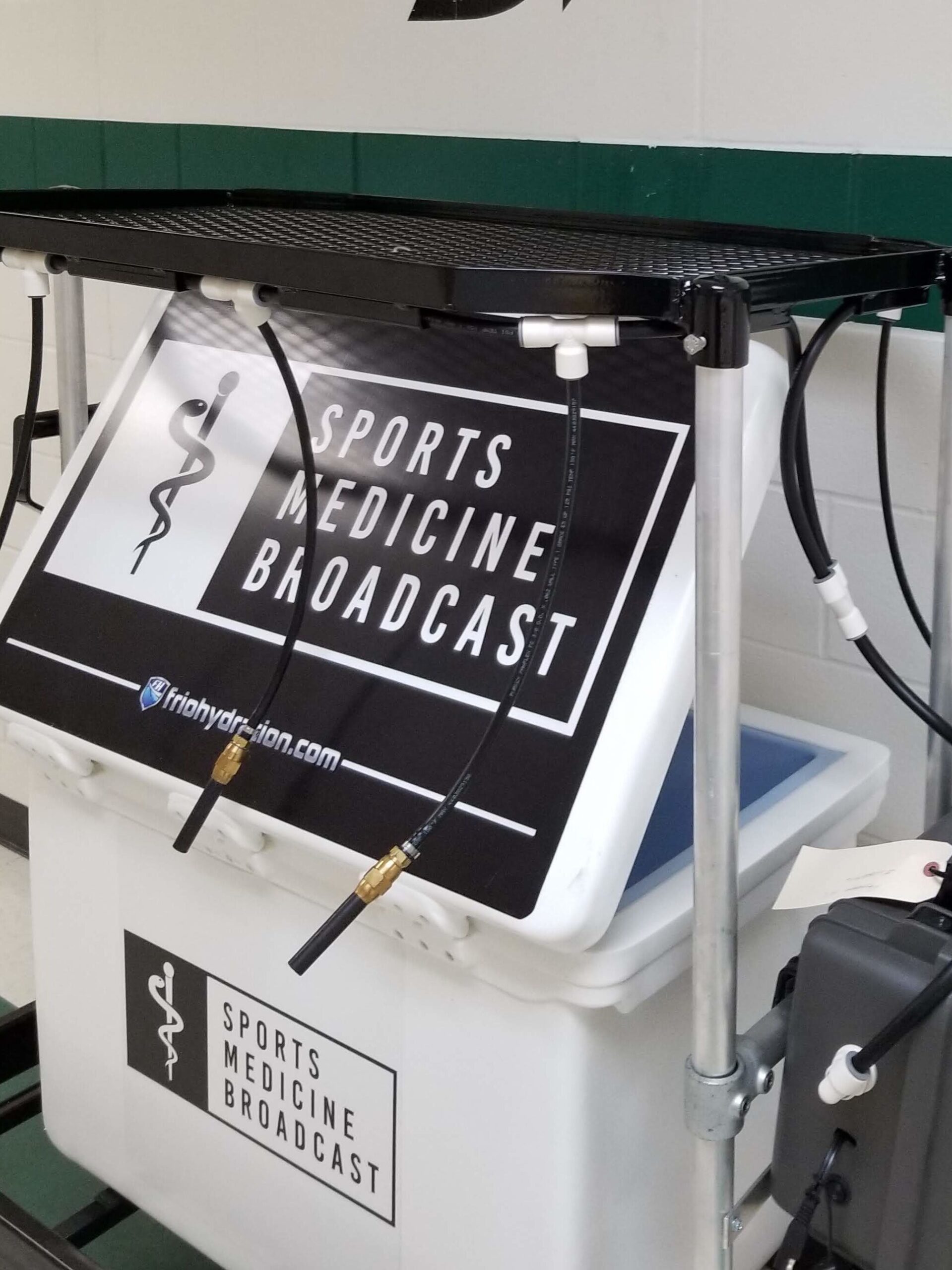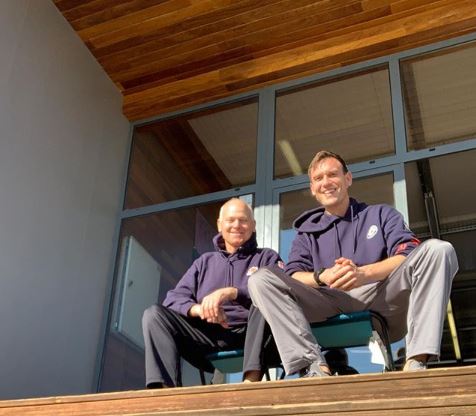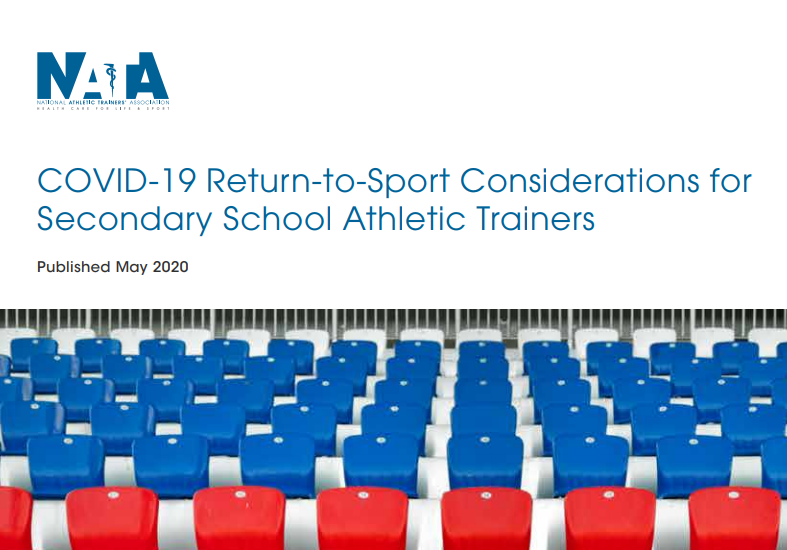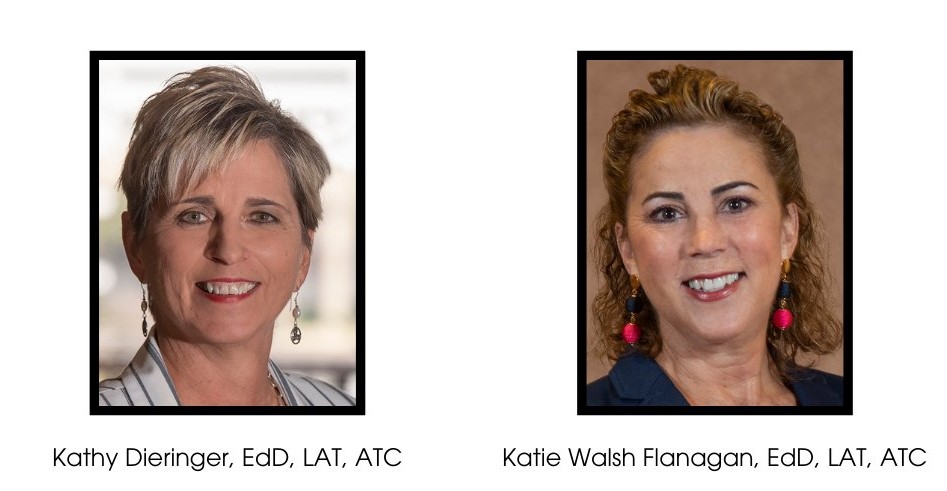Podcast: Play in new window | Download
Risk Reduction is the key to preventing ACL injuries. Chris “Tex” McQuilkin joins us to share how Power Athlete HQ is building better movers.
Complete the course work to earn Category A CEUs sponsored by Methodist Healthcare Sports Medicine of San Antonio – SportsMedicineBroadcast.com/CEU
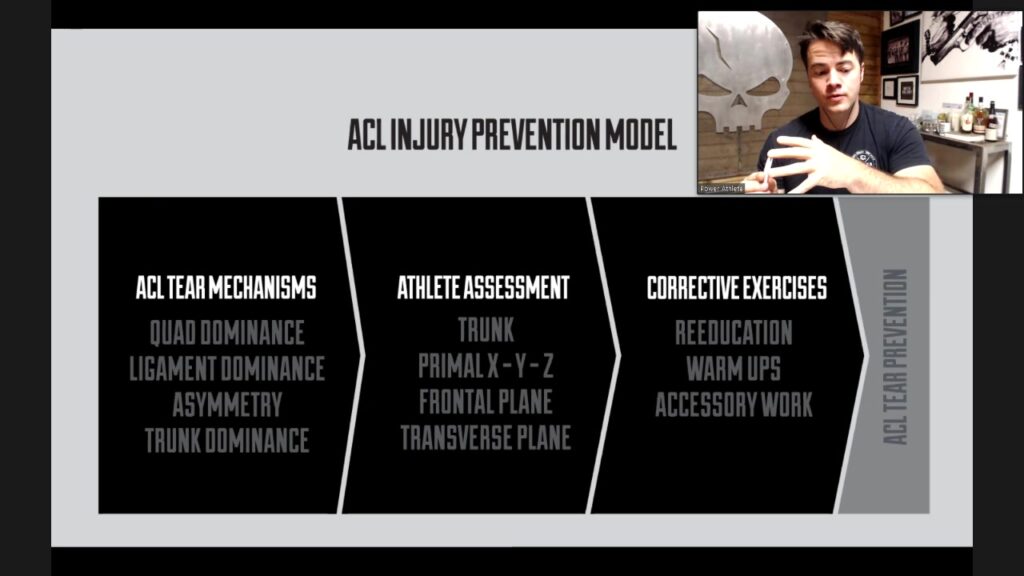
Movement is going to be our common language
HELPING PEOPLE UNLOCK THEIR ATHLETIC POTENTIAL.
Empower your performance
Non-Contact Injury Risk Reduction
Athleticism will be the focus
Create a common language between coaches, strength coaches, parents, and athletes
Primal Movements
- Vertical push
- Vertical Pull
- Horizontal Push / Pull
- X-Squat
- Y- Lunge
- Z- Stepup
In sports, none of the movements are isolated, but in the weight room, we train them as isolated planes.
The frontal plane is the back injury prevention lane
Create a systematic approach
Demands of Sport
- Reverse engineer the sport
Athlete Assessment
- Identify potential and limitations
- DO NOT DO 1 REP MAX with HIGH SCHOOL ATHLETES
- Limiting factors – what happens to their head, their core during the lift
Develop a Program
- Based on your individual needs
- DON’T take the college program for top recruits at D1 school
Injury Prevention – 27 minutes
We need valuable scalable tools that use common language so the coaches can correct it easily without the Medical Professional there
Train them to see movement
Assessment – each set and rep in the weight room should be used to assess.
Integrate correctives into a program
ACL Injury Prevention Model
ACL Tear Mechanism
- Quad dominance
- Ligament dominance
- Asymmetry
- Leg dominance – plant leg or kick leg
- Jump tuck test
- Looking for one hitting the ground first
- Trunk Dominance
- Trunk leaves the center of gravity and compromises the muscle is the largest problem that is modifiable
- Can not jump and land repeatedly in the same spot
Athlete Assessment
- Trunk
- Heavy Barbell – relative
- Deadbug and spiderman
- Add 5lbs each session to the 3×5
- Heavy Barbell – relative
- Primal X-Y-Z
- Show where they are weak withing the lunge or step-up
- Frontal Plane
- Transverse Plane
- Can you separate knees from shoulders?
Corrective Exercises
- Reeducation
- Teaching them how to move
- Warmups
- Best chance to implement corrective exercises. Work within the window of their normal warmups
- Accessory Work
Neuromuscular reeducation – 41 minutes
- Quad Dominance – use: Power Athlete SeeSaw Walk
- Ligament Dominance – triplanar arch…have them work barefoot and do toe yoga stuff
- Asymmetry – Symmetry training
- Trunk Dominance – Trunk Strategy – overload and give them the opportunity to make adjustments
Phases of Neuro reeducation
- Alignment
- Force Reduction
- Force Production – Coaches often jump to this because it is easy to put in a spreadsheet and “showoff”
- Isometric Force –
- Protective Force –
- Overload – show you can move well then we add load
Principle of specificity
The Warmup
Rename it if you need to so they take it seriously
Why – enhance athleticism
- Every day is a way to get really good and master your movement
- Psychological gives you a chance to get a feel for the athletes and how the day will go.
Risk Reduction through Anatomy Warmups
- Pre-warm up warmup – do a lap/motion without lollygagging
- Iso-Stability – establish a posture and then challenge it
- Feet and ankles
- Primal Movements
- Combining primal movements
- Energy systems – what does the game call for…represent the highest demand they will see in competition
- X-factor
Training vs Competition
- Avoiding talking about ACL injury prevention before the game, but build it into the normal warmup
- Be mindful of your words
Injury Prevention Integration – 57 minutes
Accessory Work
Why – work mitigating factors
- Structure
- Remodeling – never accept flat feet
- We can remodel arches
- Tri-planar arch development
- Hypertrophy – increasing the cross-sectional mass
- Inter/INTRAmuscular Coordination
I need it difficult in a controlled environment so that I can trust they can handle it in an uncontrolled one.
Execution
Look
How can we have these conversations without taking over?
- Knowledge
- Experience
- Ego
- Identify what the coach’s limiting factor is and appeal to that factor.
- Always be adding to “their” program
- “I noticed people standing around during squats I think (your interventions) could benefit some of the other ankle issues…”
- If the coach is into working out you can show instead of telling
https://powerathletehq.com/tag/see-saw-walk/
Watch the ACL Injury Risk Reduction Presentation
Contact us
Tex – @McQuilkin
Shawn – @ShawnReady_atcJeremy – @MrJeremyJackson
Resources
Foot Work – Matt Zanis on Power Athlete HQ
Triplanar Arch development
Email, message, or otherwise let them know you are listening
Frio Hydration – Superior Hydration products.
Donate and get some swag (like Patreon but for the school)
HOIST – No matter your reason for dehydration DRINK HOIST
MedBridge Education – Use “TheSMB” to save some, be entered in a drawing for a second year free, and support the podcast.
Marc Pro – Use “THESMB” to recover better.
